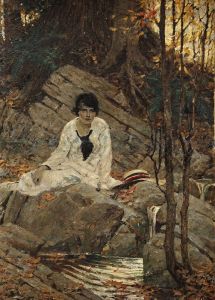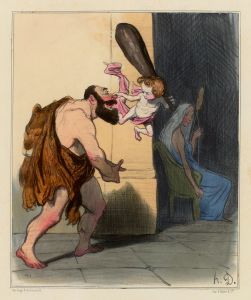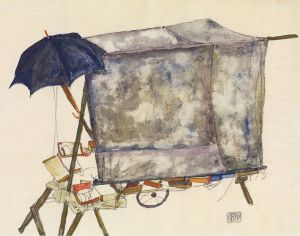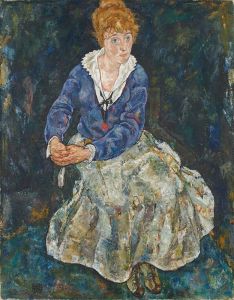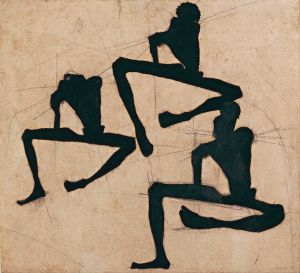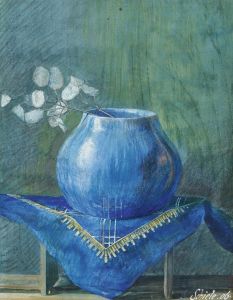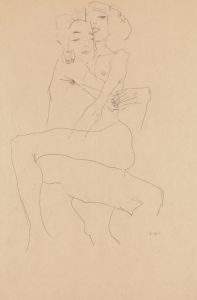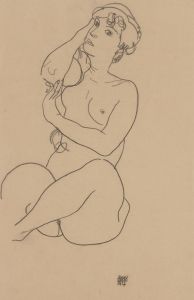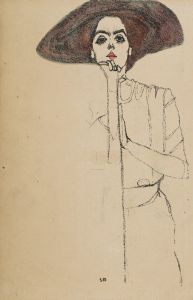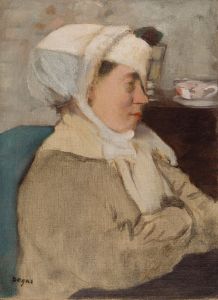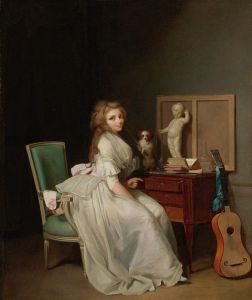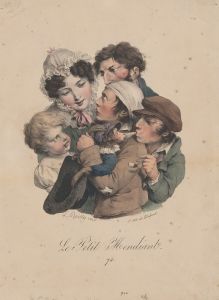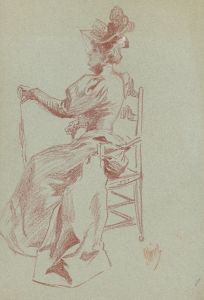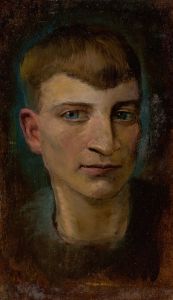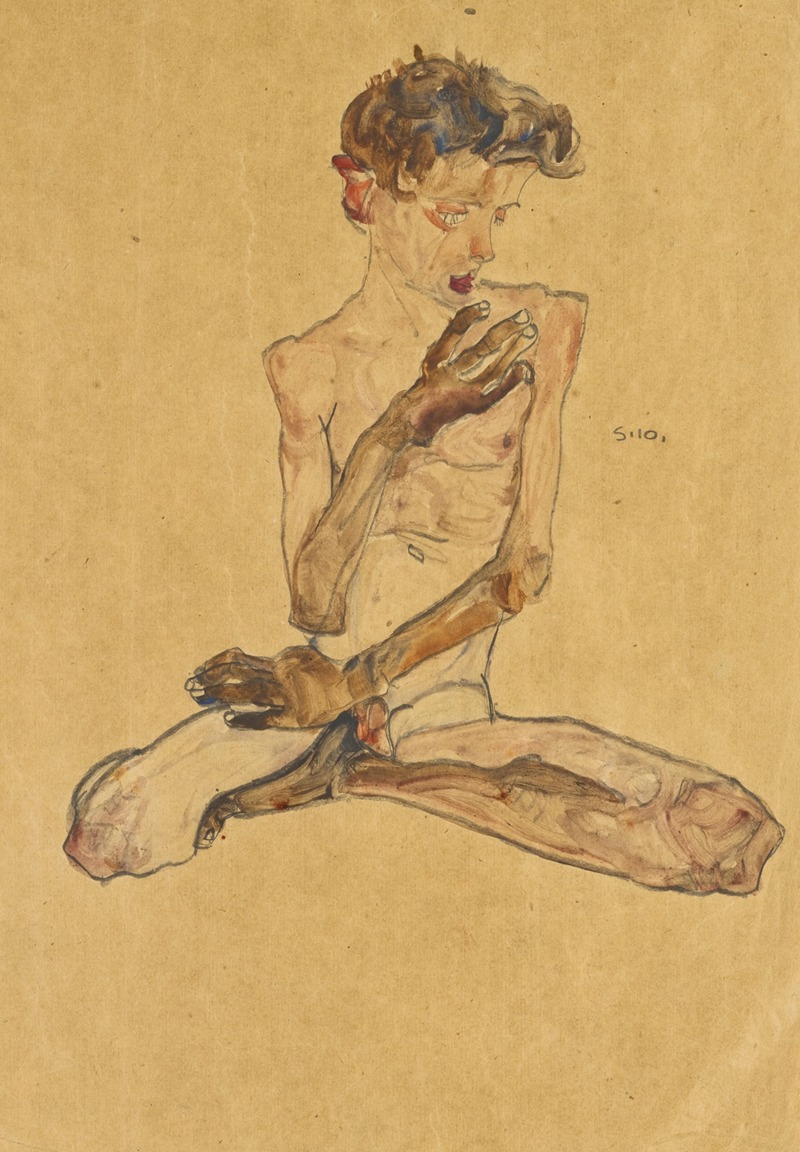
Sitzender Junge
A hand-painted replica of Egon Schiele’s masterpiece Sitzender Junge, meticulously crafted by professional artists to capture the true essence of the original. Each piece is created with museum-quality canvas and rare mineral pigments, carefully painted by experienced artists with delicate brushstrokes and rich, layered colors to perfectly recreate the texture of the original artwork. Unlike machine-printed reproductions, this hand-painted version brings the painting to life, infused with the artist’s emotions and skill in every stroke. Whether for personal collection or home decoration, it instantly elevates the artistic atmosphere of any space.
Egon Schiele, an Austrian painter known for his intense and often provocative works, created "Sitzender Junge" (Seated Boy) in 1910. This painting is a notable example of Schiele's early exploration of the human form and his distinctive style, which would later become more pronounced and influential in the Expressionist movement.
"Sitzender Junge" depicts a young boy seated, captured in a moment of introspection or contemplation. Schiele's approach to the human figure was characterized by a raw and unfiltered portrayal, often emphasizing the psychological depth and emotional state of his subjects. In this work, the boy's posture and expression convey a sense of vulnerability and introspection, elements that are recurrent in Schiele's oeuvre.
The painting is executed with a keen attention to line and form, hallmarks of Schiele's technique. He often employed a limited color palette, focusing instead on the expressiveness of his lines and the stark contrasts they created. In "Sitzender Junge," Schiele's use of line is particularly evident, as he outlines the boy's form with a precision that highlights the tension and emotion within the figure. The background is typically sparse, directing the viewer's attention entirely to the subject.
Schiele's work during this period was heavily influenced by his mentor, Gustav Klimt, yet he quickly developed his own unique style that diverged from Klimt's more decorative approach. Schiele's figures often appear elongated and distorted, a technique he used to convey the inner turmoil and existential angst that fascinated him. This distortion is present in "Sitzender Junge," where the boy's limbs and torso are rendered with a slight exaggeration that enhances the emotional impact of the piece.
The context of Schiele's life during the creation of "Sitzender Junge" is also significant. In 1910, Schiele was beginning to establish himself as a prominent figure in the Viennese art scene, a time marked by both personal and professional growth. His works from this period reflect a deepening exploration of themes such as identity, sexuality, and mortality, which would continue to define his career.
"Sitzender Junge" is housed in a private collection, and as such, it is not as widely accessible as some of Schiele's other works. However, it remains an important piece within his body of work, illustrating his early mastery of capturing the complexities of human emotion through portraiture. Schiele's ability to convey profound psychological depth in his subjects has cemented his reputation as a pivotal figure in early 20th-century art.
Egon Schiele's legacy is marked by his contribution to the Expressionist movement, and "Sitzender Junge" exemplifies the qualities that make his work enduringly compelling. Through his innovative use of line and form, Schiele challenged traditional representations of the human figure, leaving a lasting impact on the art world.





